
Types of Grains
Shop All Bulk Grains
What Are Grains?
Grains are edible seeds from cereal plants, and they can be classified as either whole or refined. A whole grain consists of the bran, germ, and endosperm, while a refined grain has the bran and germ removed and only consists of the endosperm. As a result, whole grains are more nutritious than refined grains.
Grains are commonly ground into flour to make foods like bread, pasta, pie crusts, and crackers. They can also be used to make different types of sweeteners, such as rice syrup, that are commonly added to baked goods, candies, and packaged food.
What are Ancient Grains?
While there is no true definition for the term "ancient grains", it is generally used to define grains that have been grown in the same way over the last several hundred years. Unlike modern wheat or corn, these grains haven't been genetically modified or "bred." Ancient grains include millet, sorghum, amaranth, teff, and wheat varieties, such as spelt and Kamut.
What Is Pseudocereal?
A pseudocereal, or pseudograin, is the fruit or seed of a non-grass plant that is prepared and consumed like a cereal grain. Pseudocereal examples include quinoa, amaranth, and buckwheat.
Different Types of Grains
Take a look at these fifteen common grains to learn more about the kinds of grains you can use in your recipes. When consumed with the bran, germ, and endosperm intact, they are considered whole grain foods and flour.
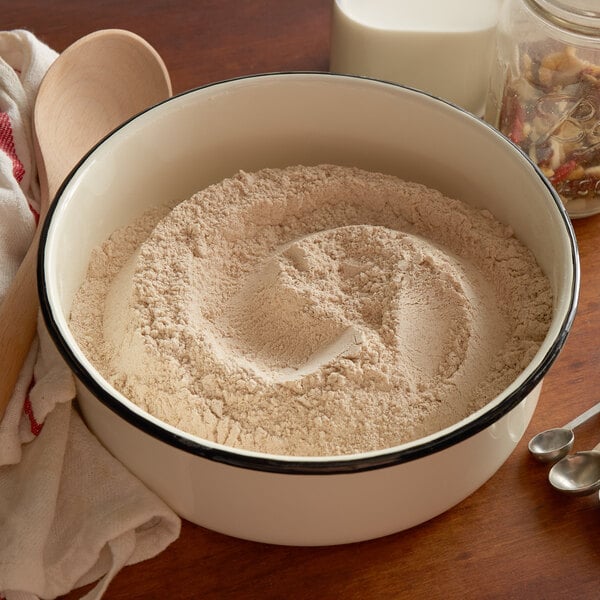
1. Wheat
Wheat is one of the most popular grains in the world because of its versatility. There are several different wheat types, each with its own unique properties and best uses. Wheat is classified by its planting season (winter or spring), kernel hardness (hard or soft), and kernel color (red or white), and is most commonly used to produce different types of flour.
Wheat flour has a high gluten content, which affects the texture of baked goods and wheat products. It is used to make bread, pasta, crackers, pizza dough, cakes, and pastries.
Is Wheat Gluten-Free?
Since gluten is a protein found in wheat grain, wheat and wheat products are not gluten-free.

2. Quinoa
Quinoa is a small, round grain that comes in white, red, and black varieties and has a nutty flavor and crunchy texture. Botanically speaking, quinoa is not a grain. It is a seed classified as a pseudocereal because it is consumed like other grains and has a similar nutritional content. Quinoa is a great source of fiber and is a complete protein, meaning that it provides all nine essential amino acids for a healthy diet.
Quinoa is an excellent plant-based protein source for vegetarian and vegan dishes. It is quick to cook and is commonly used in soups, salads, and granola, or as an alternative to rice. It can also be ground to make quinoa flour for gluten-free recipes.
Is Quinoa Gluten-Free?
Yes, quinoa is a gluten-free pseudocereal that works well as a gluten-free substitute in recipes calling for couscous or barley.
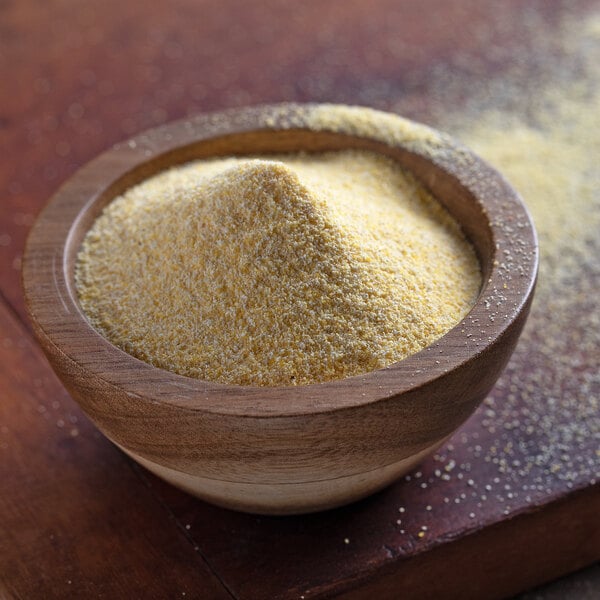
3. Corn
Native to Mexico, corn, or maize, is the most produced grain in the world. Corn is considered a grain when dry and harvested at full maturity and a starchy vegetable when harvested young. Dry corn is milled into corn flour, fine or coarse cornmeal for cornbread, grits, tortillas, and polenta, or used to make popcorn.
Most cornmeal is made from either yellow or white dent corn and comes in two varieties: degerminated cornmeal or whole wheat cornmeal. Degerminated cornmeal has the germ and bran removed in processing to make it more shelf stable, whereas whole grain or stone-ground cornmeal retains the hearty flavor and vital nutrients of whole grain corn.
Is Corn Gluten-Free?
Corn is a naturally gluten-free grain. However, not all corn products are gluten-free and you should always check the product’s packaging for a gluten-free label before consuming.

4. Rice
Due to its versatility in application and availability, rice is the most widely-consumed grain in the world. Rice is characterized as one of three varieties: long grain, medium grain, or short grain rice, which refers to the length and shape of the grain. The grain size affects the texture of the rice, which is why the several varieties of rice have their own taste, texture, and best uses.
Rice is a foundational ingredient in many dishes across the globe, like sushi in Japan and paella in Spain. Long grain rice is the least starchy of the rice varieties and is best used to make grain bowls, pilafs, casseroles, and stir-fries, whereas short grain rice is the starchiest and is best for sushi, Bibimbap, and poke bowls.
Is Rice Gluten-Free?
Yes, rice is naturally gluten-free and can be turned into rice flour to create gluten-free pasta, baked goods, and pizza crust.
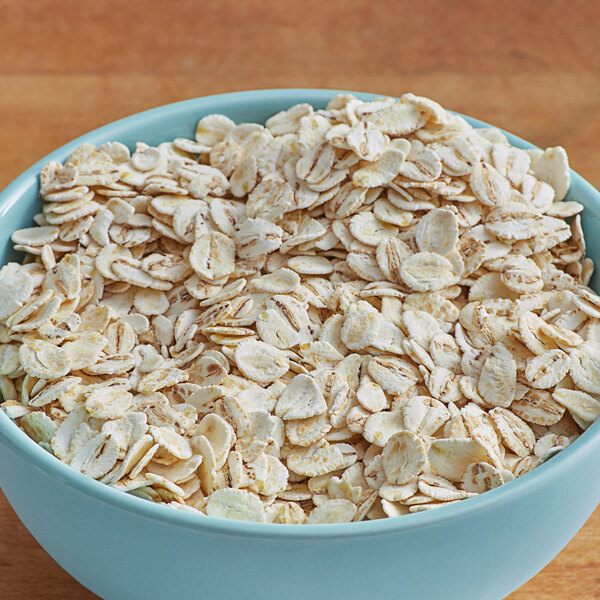
5. Barley
Barley is a seed that comes in two forms: hulled and pearled. Hulled barley is minimally processed to leave the bran and germ intact, while pearled barley does not contain the bran or the hull. Hulled barley is a whole grain with a chewy texture similar to steel-cut oats and a mild, nutty flavor.
Barley is an essential ingredient in nearly every type of beer, and most of the barley produced in the U.S. is used for beer production and animal feed. It is commonly used to make soups, stews, and salads.
Is Barley Gluten-Free?
Barley is one of three primary grains, along with wheat and rye, that contains gluten, so it is not suitable for gluten-free diets.

6. Farro
Farro is an early variety of wheat that originated in Mesopotamia thousands of years ago and played an important role in the diets of ancient peoples. It is high in plant-based protein, fiber, iron, zinc, magnesium, and B vitamins, making it great for serving on your vegetarian or vegan menu.
Farro features a nutty, earthy flavor and tender, chewy texture. It comes whole, pearled, or semi-pearled and can be cooked similarly to quinoa or rice. Farro was a staple of the ancient Roman diet and has been a popular ingredient in Italian cuisine for centuries. It’s known for traditional dishes, such as farratto (farro risotto), Tuscan farro soup, and Mediterranean farro salad.
Is Farro Gluten-Free?
No, farro is a type of wheat and is therefore not gluten-free.

7. Amaranth
Originally cultivated in Peru, amaranth was prized by the Aztec empire of Mexico. Sometimes referred to as the "grain of the gods", it was both a staple food for the Aztecs and an important part of their religious celebrations. Amaranth’s protein content is higher than that of almost any other grain, it has nearly three times the average amount of calcium, and is also the only grain documented to contain vitamin C. It is also a complete protein, making it a valuable addition to the diets of vegans and vegetarians.
Amaranth is a small, round pseudocereal with a nutty, slightly sweet taste and a tan-brown color. Its texture is similar to quinoa when cooked and is used in pilaf, salads, and grain bowls, or it can be made to a creamier, softer texture for porridge. It is also commonly ground into amaranth flour to be used for gluten-free baking.
Is Amaranth Gluten-Free?
Yes, amaranth is a naturally gluten-free pseudocereal that makes an excellent addition to gluten-free flour blends, especially those intended for baking bread.
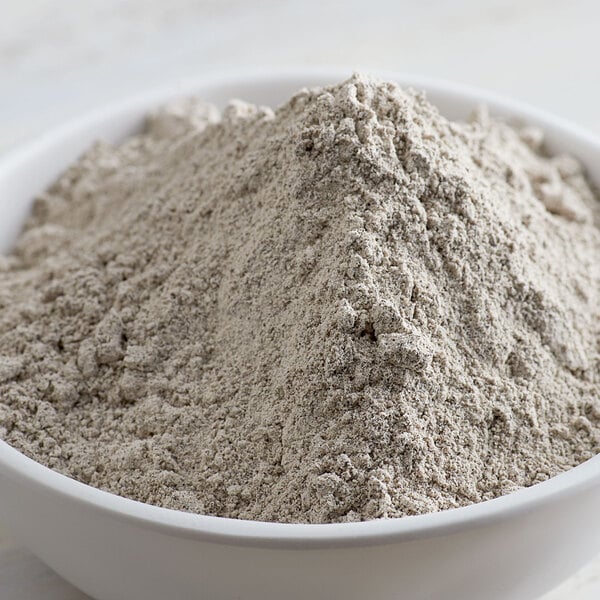
8. Buckwheat
Similar to quinoa and amaranth, buckwheat is a pseudocereal that is considered a grain because of how it is consumed. Buckwheat originated in high-elevation regions of Asia, where it has been a staple crop for thousands of years. However, its popularity is spreading quickly to the western world for its nutritional benefits, including a high protein, dietary fiber, and antioxidant content.
Buckwheat has a rich, nutty flavor and soft, chewy texture when cooked. It can be prepared similarly to rice and used to make risotto-style dishes, grain bowls, stir-fries, and porridge. When ground into buckwheat flour, it can be used to make buckwheat pancakes, Japanese soba noodles, and baked goods.
Is Buckwheat Gluten-Free?
Though its name contains the word "wheat," buckwheat is botanically unrelated to wheat and is naturally gluten-free.
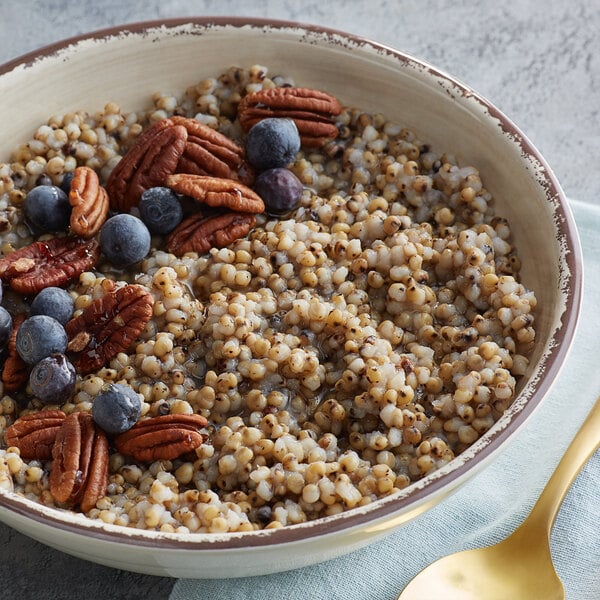
9. Sorghum
Native to Africa, sorghum is a type of millet and is a staple crop in East African diets. While a large portion of sorghum production in the U.S. has been for the livestock industry, it is gaining popularity in consumer diets thanks to its rich nutritional value and its versatility in application.
Sorghum has a nutty flavor and is high in protein, fiber, B vitamins, and several other nutrients. Cook it like quinoa or rice, grind into sorghum flour, or pop like popcorn. Whole grain sorghum can be steamed or boiled and is perfect for creating salads and pilafs or adding to soups and casseroles.
Is Sorghum Gluten-Free?
Since sorghum is a type of millet, it is a naturally gluten-free grain.
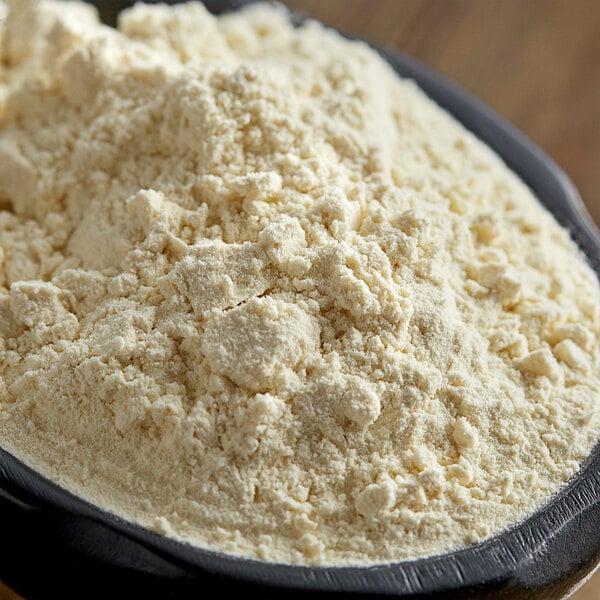
10. Millet
While it is technically a seed, millet functions like a whole grain. Despite its small size, it is a highly nutritious grain packed with protein, fiber, vitamins, and minerals. There are several different varieties of millet, coming in white, yellow, green, and red colors, and they are commonly grown and consumed in Asia and Africa.
When cooked, millet is similar in shape, size, and texture to quinoa and has a mildly sweet, corn-like flavor. It can also be cooked to a softer, creamier texture or ground into millet flour to create gluten-free flour mixes.
Is Millet Gluten-Free?
Millet is a naturally gluten-free ancient whole grain that is rich in protein, fiber, and an assortment of immunity-boosting antioxidants.
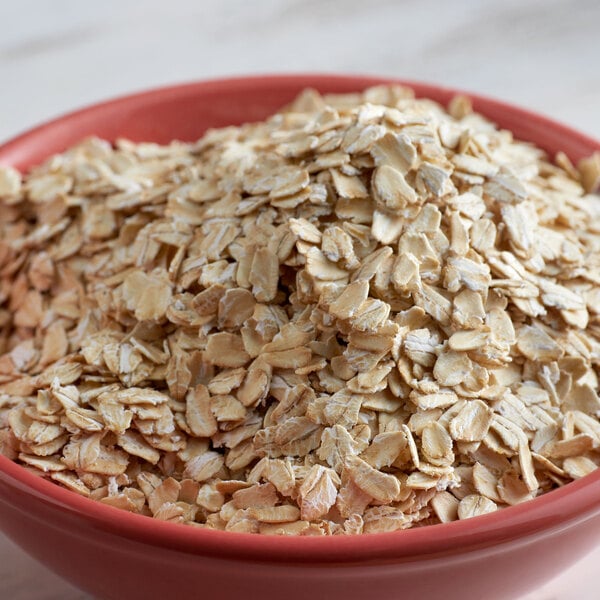
11. Oats
Made from the edible seeds of oat grass, raw oats are highly nutritious whole grains prized for their high soluble fiber content. There are several different types of oats based on how much they are processed, and each one has its own unique shape, texture, and cook time.
Oats have a mild, slightly earthy flavor and are extremely versatile in application. They’re a popular breakfast porridge and are also found in granola, muesli, and baked goods. Oats can be ground into oat flour for gluten-free baking or used to make oat milk as a plant-based alternative to dairy milk.
Are Oats Gluten-Free?
Pure oats are naturally gluten-free. However, processed oats are prone to cross-contamination with gluten-containing cereals. They are often grown alongside glutinous crops or are processed, prepared, and packaged in the same facilities as gluten-containing products. Before purchasing, always check the oat product’s packaging for a gluten-free label.
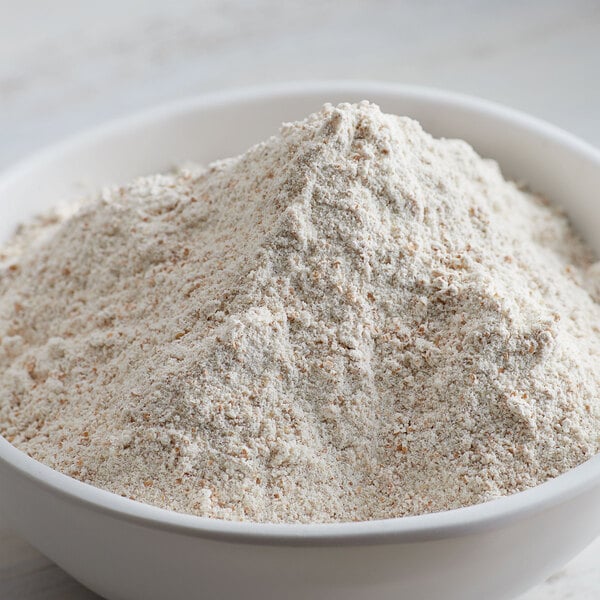
12. Spelt
Spelt, or hulled wheat, is a type of wheat with a nutty, slightly sweet flavor. It can be eaten whole in grain salads or ground into spelt flour, a type of whole wheat flour made from the entire grain. Featuring a lighter, airier texture than traditional whole wheat flour, spelt flour performs similarly to all-purpose flour and it is commonly used as a substitute to give foods a more flavorful taste.
Spelt flour is especially good for making bread, pancakes, muffins, and cookies. Although it does have a high gluten content, gluten proteins in spelt are more water soluble than those in wheat. This makes spelt easier to digest than wheat but means that you will need to adjust your measurements if using spelt flour in recipes that call for all-purpose or whole wheat flour.
Is Spelt Gluten-Free?
Spelt is a type of wheat, which means it contains gluten and is not safe for those with Celiac or gluten intolerances to consume.
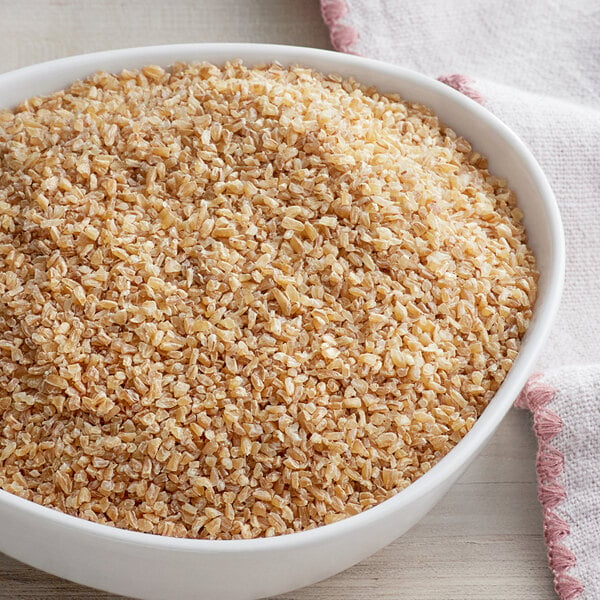
13. Bulgur
Bulgur is made from cracked whole-grain wheat berries that are partially cooked and then dried. It is a staple ingredient in many Middle Eastern dishes like tabbouleh, and it can be used as a substitute for rice, couscous, cracked wheat, and quinoa.
Since bulgur is parboiled and dried before being packaged, it cooks much more quickly than other types of wheat. Simply boil at a 1:2 ratio of grain to liquid for 10 to 15 minutes.
Is Bulgur Gluten-Free?
Bulgur is a cereal grain made from wheat and is not gluten-free.
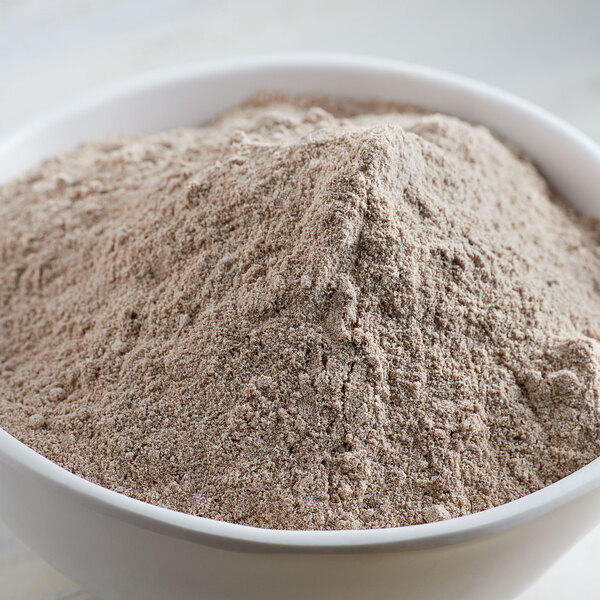
14. Teff
Native to Ethiopia and a staple crop in Ethiopian cuisine, teff is a tiny, nutrient-rich grain about the size of a poppy seed. Because it has a higher percentage of bran and germ than other grains, teff is high in dietary fiber, protein, iron, and amino acids. It also contains more calcium per serving than any other grain.
Teff has a mildly nutty taste and comes in a range of colors, from ivory to red to dark brown. Teff is eaten whole and can be steamed, boiled, baked, or ground into teff flour. The flour can be used to make Inerja, the traditional Ethiopian fermented flatbread, bread, pie crusts, cookies, and baked desserts.
Is Teff Gluten-Free?
Yes, teff is a naturally gluten-free grain and is often used as a nutritious gluten-free flour alternative.
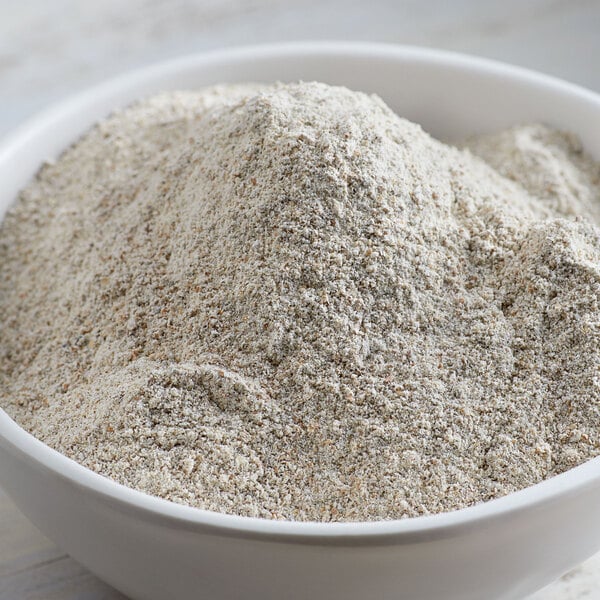
15. Rye
Rye grows well in colder northern climates and is grown predominately in Europe, Asia, and North America. Most of the rye that is consumed contains the bran, which is packed with nutrients, including fiber, iron, and potassium.
While whole rye berries can be boiled as a hearty alternative to oatmeal, rye is most notably processed into rye flour for bread or used to make whiskey and other spirits. Rye is one of the most flavorful grains. It brings a distinct nutty, earthy, and malty flavor to baked goods and a spicy kick to whiskey. Rye flour has a lower gluten content than whole wheat flour, which delivers a denser texture to baked goods.
Is Rye Gluten-Free?
While rye’s gluten content is lower than wheat’s, rye is not considered a gluten-free grain. It contains the gluten protein secalin and is unsuitable for those following a gluten-free diet.
Related Resources
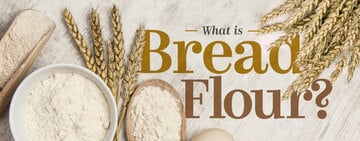
What Is Bread Flour?
When creating the ideal texture for loaves of bread, many bakers turn to bread flour. But what exactly is bread flour, and how is it different from all-purpose flour? Bread flour is a high-protein flour that is specifically designed for baking bread . With its strong gluten content, bread flour gives bread a chewier texture and helps it rise higher. Read on to learn the characteristics of bread flour, what it's used for, and how it differs from all-purpose flour. Shop All Bread Flour What Is Bread Flour Used For? Bread flour is a high-protein flour that typically contains between 12% - 14% protein and is designed for baking yeasted bread. The high protein content means that bread flour has more gluten in it, which makes the dough more elast

Types of Alternative Diets
As the foodservice industry continues to evolve, it is becoming increasingly important for businesses to accommodate their customers' dietary needs and preferences. In recent years, there has been a significant rise in the number of individuals following alternative diets. These alternative diets are not just passing trends but rather lifestyle choices or medical necessities for many people. By understanding the specific requirements and the challenges these diets may pose for foodservice establishments, businesses can make informed decisions about how to accommodate them and provide their customers with a wide array of delicious and satisfying options. Shop All Vegan & Plant-Based Foods Use these links to learn more about popular alternati
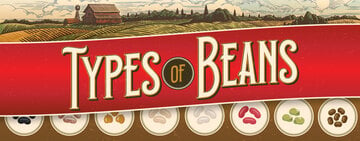
Types of Beans
Beans are a cost-effective, plant-based protein , which has made them a staple food in diets across the world for centuries. Each type of bean has its own taste, texture, and unique properties that make them great for a wide variety of applications. Plus, beans are naturally vegan-friendly, making them an easy way to accommodate vegans and vegetarians at your restaurant . We've listed the different bean types and how they differ so you can choose the best beans for your next recipe. Shop All Bulk Beans Use the following links to explore the types of beans out there, so you can make more informed purchases for your menu! What Are Beans? Different Types of Beans Canned vs Dry Beans How to Store Dry Beans Beans FAQs Types of Beans Chart
- Topics 1346
- Industrial 55
- Troubleshooting Guides 21
- Restaurant Management 128
- Bar Management 55
- Catering Tips 35
- Bakery Management 42
- Food Trucks & Concessions 49
- Advertising & Marketing 37
- Eco-Friendly Tips 11
- Facility Layout & Design 41
- Coffee Shop Tips 28
- Installation & Maintenance 51
- Janitorial & Pest Control 30
- Safety & Sanitation 88
- Startup Tips 104
- Menu Design 10
- Kitchen & Cooking Tips 81
- Hospitality Management 23
- Pizza & Sandwich Shop Tips 36
- Smallwares 37
- Food Prep 88
- Tabletop Items 17
- Disposables 22
- Calculators & Tools 6
- Consumables 52
- Warewashing & Laundry 18
- Cooking Equipment 90
- Food Storage & Refrigeration 51
- Beverage Equipment 34
- Office Supplies 6
- Resource Type
- In-Depth Articles272
- Buying Guides296
- How-Tos93
- Product Reviews77


